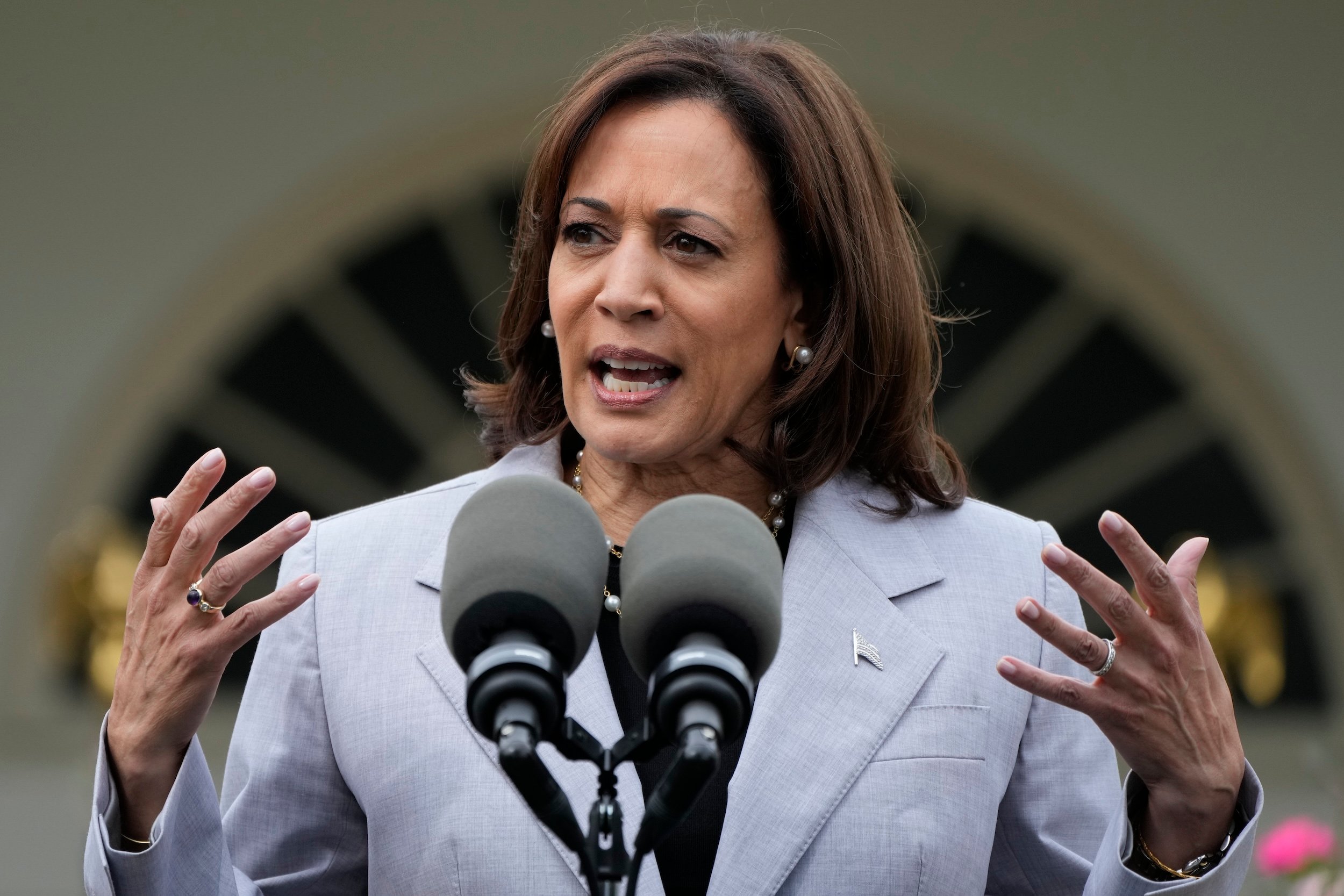Receive this daily news briefing by email every morning. Sign up here.
WHAT TO KNOW TODAY
NEW from THE TRACE: Behind the dangerous “warrior cop” mentality is a lucrative industry. Even as policymakers have tried to curb law enforcement abuses, police have been signing up for training with private firms that preach extreme vigilance and teach tactics imported from battlefields. If lessons gleaned from courses that cost as much as $1,200 per head wind up contributing to police violence, specialized PR firms stand ready to spin officers’ versions of events. Alain Stephens has the story, in partnership with Slate.
Community violence prevention groups mark Juneteenth with a national day of healing. The Community Justice Action Fund, LIFE Camp, and Not Another Child are among the organizers of the virtual event, which they conceived as a way to create a space for fellowship for “all those that have suffered from trauma and stress caused by the global pandemic and everyday acts of violence.”
Federal prosecutors rarely bring charges against police who use excessive force. Under section 242 of the U.S. criminal code, the Justice Department can investigate and prosecute police officers and other government officials for “deprivation of rights under color of law.” According to the Transactional Records Access Clearinghouse at Syracuse University, the DOJ has brought an average of 41 such cases per year over the past three decades — or .03 percent of all federal prosecutions.
With guns sales booming, gun researchers call for more funding. Writing in USA Today, the RAND Corporation’s Andrew Morral and Arnold Ventures’ Jeremy Travis praised the recent burst of private and government funding for the still nascent field. But they note that even as more firearms enter circulation, policymakers still face a paucity of studies connecting gun regulations and their real-world effect. “With so little study of these topics, existing scientific evidence often provides only weak guidance that must be supplemented with legislators’ judgments about how best to balance risks and stakeholder interests.” Go deeper: A RAND Corporation report in April led by Morral looked at the efficacy of 18 gun laws and identified only a few that were backed by robust data. (Arnold Ventures provides funding to The Trace. Here’s our policy on editorial independence.)
Chicago police union loses fight over officer misconduct. The Fraternal Order of Police sued the city after it did not destroy records that the union says its contract stipulates must be expunged after five years. The Illinois Supreme Court just ruled that the public’s interest in retaining the records overrides the union’s claim. Context: Rules that shield police misconduct from the public have become a flashpoint in the push for wholesale police reforms. New York notably repealed its own controversial misconduct shield earlier this month.
Rhode Island lawmakers pass “ghost gun” ban. The measure prohibits the manufacture, sale, transfer, or possession of untraceable, home-assembled guns, including those made with 3D printers. Violators could face up to 10 years in prison and $10,000 in fines; owners of existing ghost guns would have 30 days to get them serialized, which could allow investigators to identify the weapon’s last known owner in the event of a crime. Governor Gina Raimondo, a Democrat, is expected to sign the measure. The ABCs of DIY guns. Here’s our primer. Do people actually use ghost guns to commit gun violence? They do.
A $50,000 grant to support expanded community gun violence coverage in Philadelphia. The Initiative for Better Gun Violence Reporting will use the money to launch a new Center for Gun Violence Reporting, which will focus on distressed city neighborhoods and work by underrepresented voices. Last November, The Trace was a participant in the initiative’s inaugural Better Gun Violence Reporting Summit which drew reporters, trauma doctors, students, gun reform activists and public health experts.
DATA POINT
Officer line-of-duty deaths fell 75 percent between 1970 and 2016, according to a study from last year. From 2017 to 2019, there were an average of 50 officers killed in the line of duty, excluding accidental deaths. [FBI]

